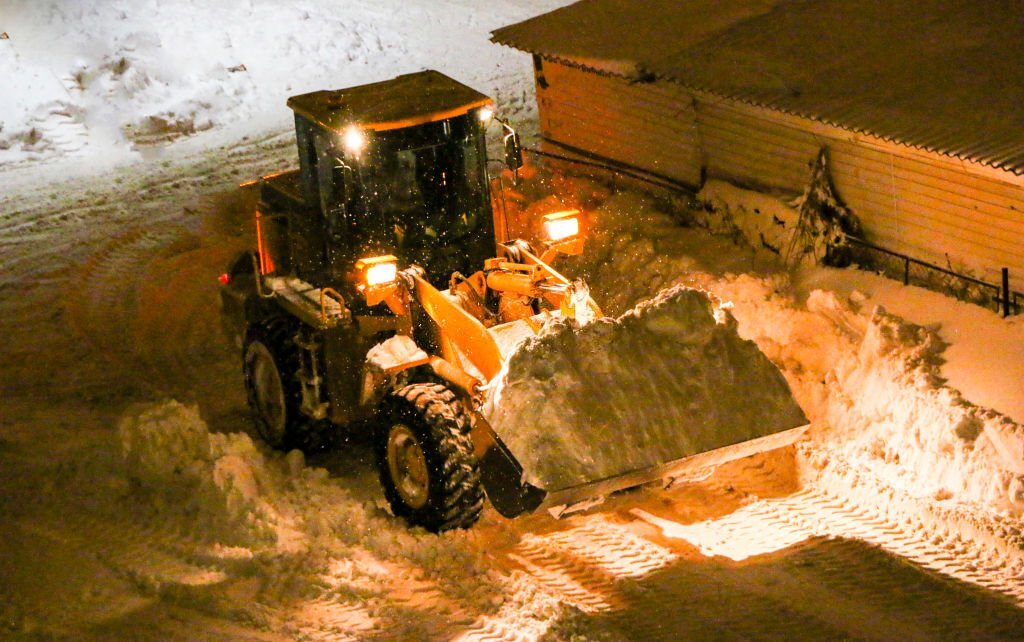
Graders, essential heavy equipment in construction and earthmoving projects, play a crucial role in achieving precise grading and leveling. While these machines are vital for project success, their use can have environmental implications. As we strive for sustainability and eco-conscious practices, it becomes imperative to address the environmental considerations associated with using graders. In this comprehensive article, we will explore potential environmental impacts, including soil compaction, erosion control, air and noise pollution, and fuel consumption. Furthermore, we will discover effective mitigation strategies and sustainable practices to minimize the ecological footprint of grader operations and ensure environmentally responsible construction and earthmoving practices.
1. Soil Compaction and Its Effects
Graders, with their heavy weight and powerful engines, can cause soil compaction when operating on construction sites:
Impacts of Soil Compaction
- Reduced Permeability: Compacted soil has reduced permeability, leading to poor drainage and increased runoff, which can contribute to erosion.
- Negative Impact on Plant Growth: Soil compaction can limit root growth and nutrient uptake, affecting vegetation and plant health.
Mitigation Strategies
- Minimize Repeated Passes: Limiting the number of grader passes over an area can reduce soil compaction.
- Use Low-Pressure Tires: Equipping graders with low-pressure tires can help mitigate soil compaction.
2. Erosion Control Measures
Graders are often involved in grading and earthmoving activities that can expose bare soil, increasing the risk of erosion:
Erosion Impact
- Sediment Runoff: Exposed soil can be washed away by rainfall, leading to sediment runoff into nearby water bodies.
- Habitat Destruction: Erosion can disrupt natural habitats and harm local ecosystems.
Erosion Control Practices
- Mulching and Vegetation: Applying mulch and planting vegetation on graded areas can stabilize the soil and prevent erosion.
- Silt Fences and Berms: Installing silt fences and berms can redirect runoff and control sediment movement.
3. Air Pollution from Grader Operations
Graders contribute to air pollution through their engine emissions and dust generation:
Air Pollution Sources
- Exhaust Emissions: Grader engines release pollutants, including nitrogen oxides (NOx) and particulate matter (PM), which can contribute to air quality issues.
- Dust Generation: Graders operating on dry, unpaved surfaces can generate dust, which may contain harmful particles.
Emission Reduction Strategies
- Tier 4 Engines: Using graders equipped with Tier 4 engines can significantly reduce emissions.
- Dust Suppression: Implementing dust suppression measures, such as water spraying, can reduce airborne dust.
4. Noise Pollution and Its Impact
Graders are powerful machines that can produce considerable noise during operation:
Noise Impact
- Environmental Disturbance: Excessive noise can disturb wildlife and affect local ecosystems.
- Community Impact: Noise pollution from construction sites can impact nearby communities and residents.
Noise Mitigation Measures
- Noise Barriers: Erecting noise barriers around construction sites can reduce noise propagation.
- Work Scheduling: Scheduling grader operations during less sensitive times can minimize noise impact on communities.
5. Fuel Consumption and Energy Efficiency
Graders consume fuel for their operations, contributing to greenhouse gas emissions:
Fuel Consumption Impact
- Greenhouse Gas Emissions: Fuel combustion releases carbon dioxide (CO2) and other greenhouse gases, contributing to climate change.
- Resource Depletion: Fuel consumption depletes finite fossil fuel resources.
Promoting Energy Efficiency
- Equipment Maintenance: Regular maintenance ensures that graders operate at optimal efficiency, reducing fuel consumption.
- Alternative Fuels: Exploring alternative fuels, such as biodiesel or electric power, can lower emissions and reduce reliance on fossil fuels.
6. Sustainable Practices for Grader Operations
To address environmental considerations, construction and earthmoving professionals can adopt sustainable practices:
Eco-Friendly Materials: Utilizing environmentally friendly materials, such as recycled aggregates, can minimize the environmental impact of construction projects.
Site Design and Planning: Thoughtful site design and planning can minimize the need for extensive grading and reduce soil disturbance.
Erosion Control Measures: Implementing erosion control measures from the outset of construction projects can prevent soil loss and sediment runoff.
Renewable Energy Sources: Incorporating renewable energy sources for construction site power needs can reduce greenhouse gas emissions.
Conclusion
As society increasingly focuses on environmental conservation and sustainability, understanding the environmental considerations associated with using graders is paramount. Soil compaction, erosion control, air and noise pollution, and fuel consumption are all factors that construction and earthmoving professionals must address responsibly. By implementing effective mitigation strategies and adopting sustainable practices, grader operators can minimize their ecological footprint and contribute to environmentally responsible construction and earthmoving practices. Through collective efforts, we can ensure that graders continue to play a crucial role in construction projects while safeguarding the environment for future generations.

